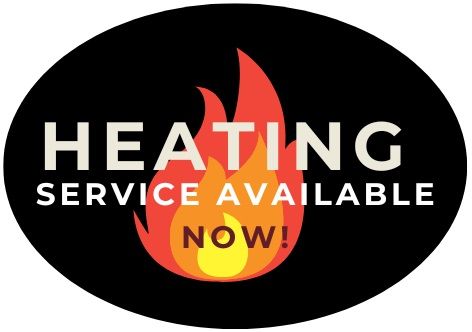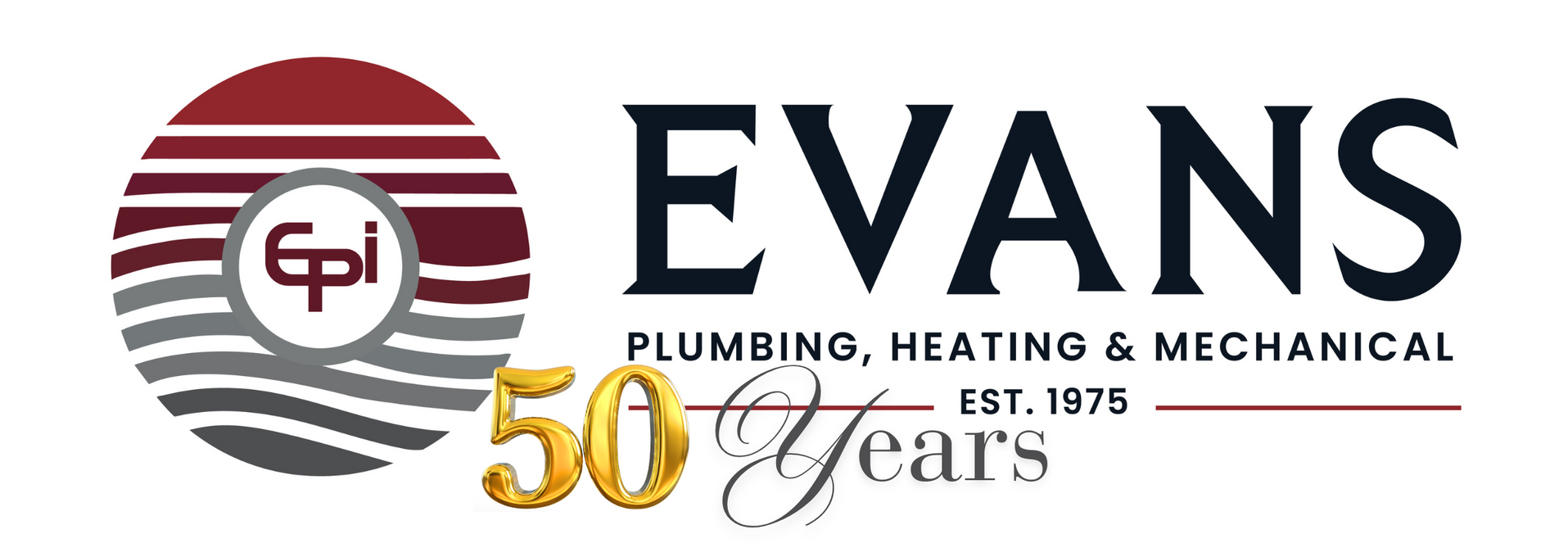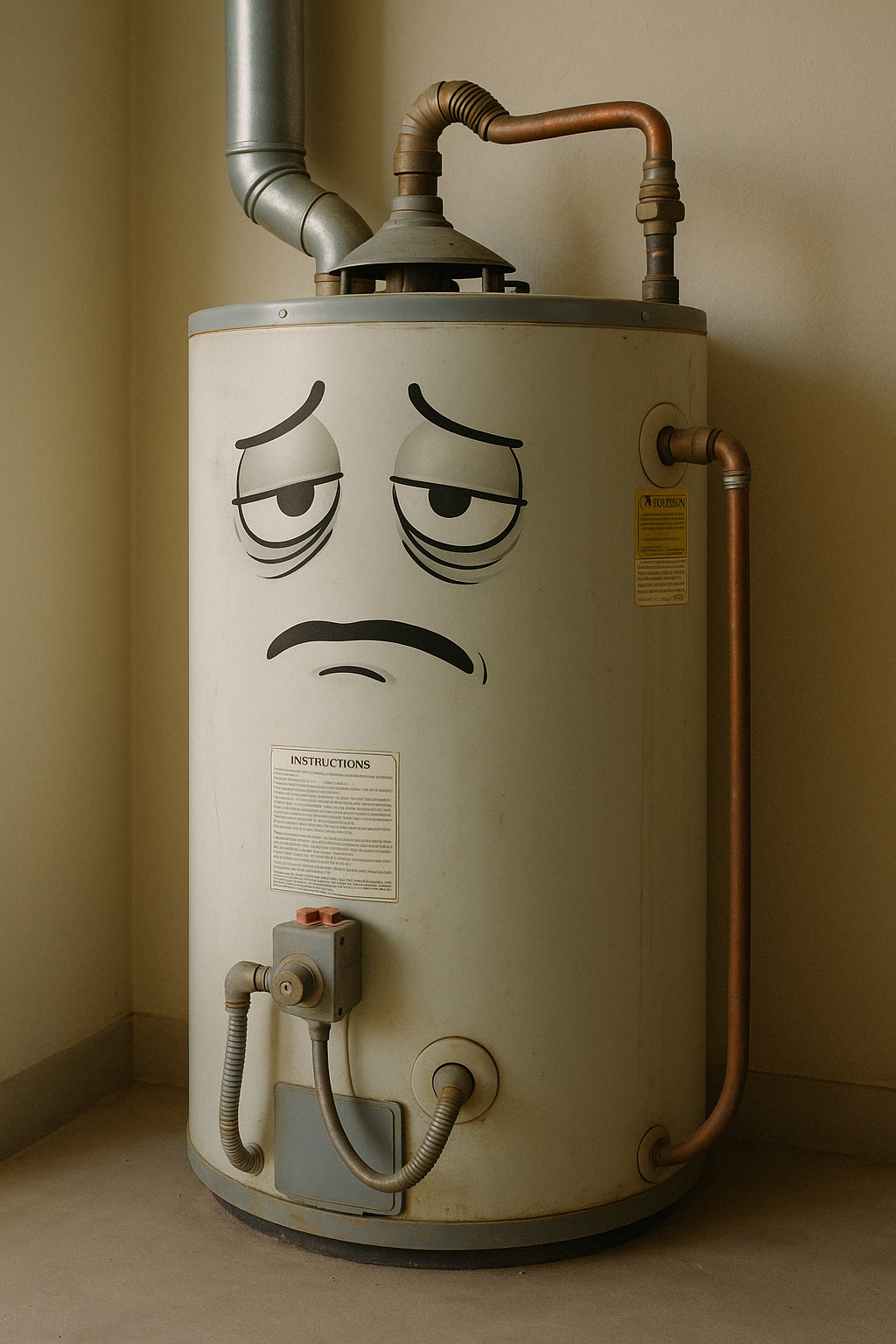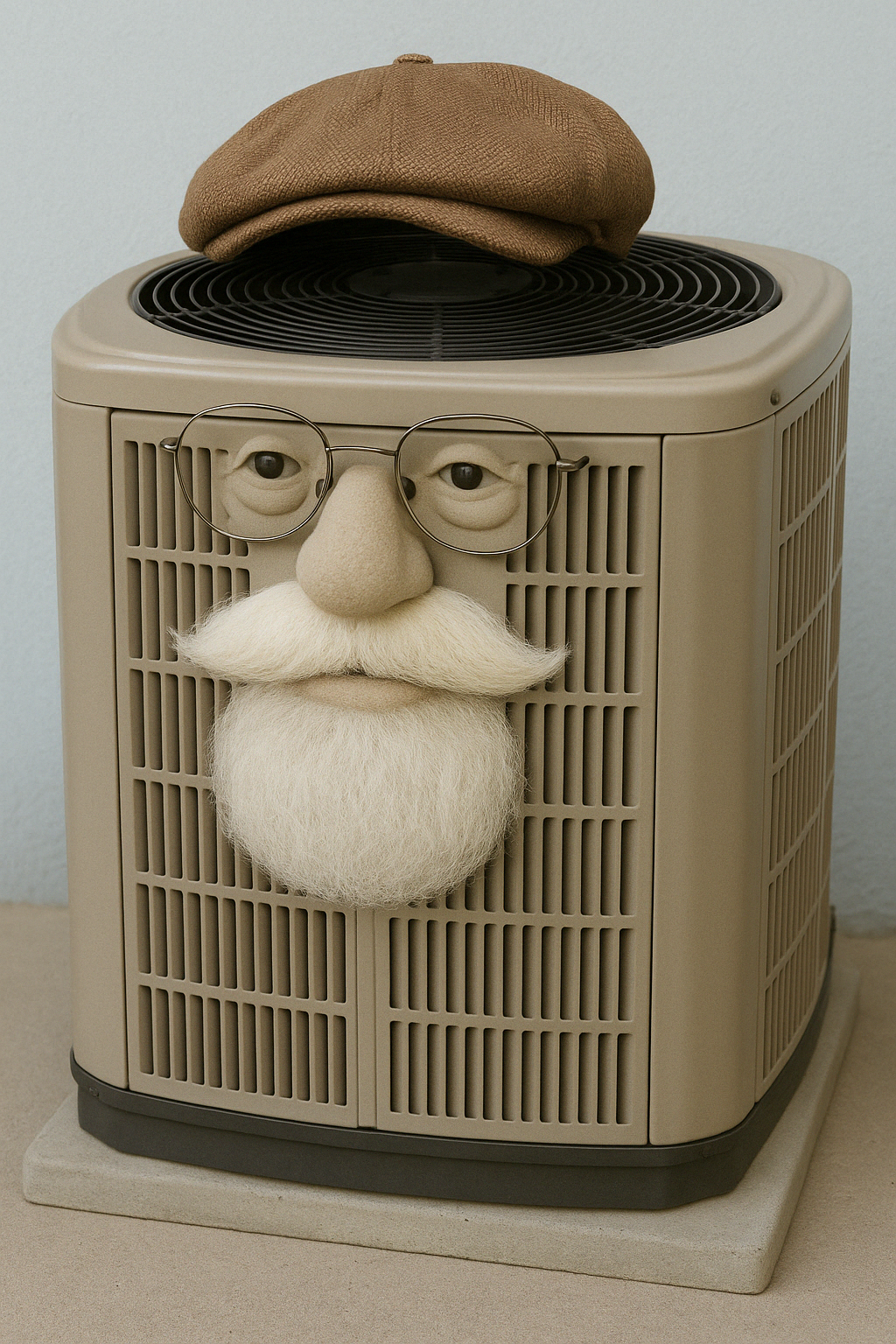Can Plumbing Vents Have Elbows
Proper plumbing venting is essential to maintain a safe and efficient drainage system, allowing harmful gases to escape and preventing water seals in traps from being broken. But when planning or troubleshooting vent pipes, a common question arises: Can plumbing vents have elbows?
The short answer is yes—plumbing vents can have elbows. However, there are important considerations and code guidelines that determine how and where elbows are used in venting to ensure optimal function and safety. Let’s dive into when and why elbows may be appropriate, and how to install them correctly.
Why Would You Need an Elbow in a Vent Pipe?
In an ideal setup, vent pipes should run vertically to minimize any obstruction to airflow. However, homes and buildings often have structural or architectural elements that make a straight vent pipe impractical or impossible. For example:
- Roof or wall clearances might require a change in direction.
- Attic beams or floor joists can obstruct a straight path.
- Space limitations in older homes can sometimes require bends to align with modern venting codes.
When these conditions occur, adding an elbow to the vent pipe is a viable solution.
What Kind of Elbows Are Allowed?
The most common types of elbows used in venting systems are 90-degree and 45-degree bends. However, the choice of angle depends on where the elbow is located and the venting code in your area.
In general:
- 45-degree elbows are preferred because they create less resistance to airflow.
- 90-degree elbows are permissible in venting systems but should be used sparingly and strategically to avoid significant airflow restrictions.
Tip: Local plumbing codes vary, so it’s essential to consult the Uniform Plumbing Code or your area's specific plumbing regulations for precise guidelines.
Key Considerations When Installing Elbows in a Vent Pipe
While adding an elbow can solve a placement issue, a few critical points should be taken into account:
- Avoid Multiple Sharp Turns
Excessive bends, especially close together, can restrict airflow. It’s typically recommended to keep the number of bends to a minimum to reduce potential clogs or slow airflow. - Proper Slope and Ventilation
Plumbing vent pipes require a slight upward slope toward the main stack to allow gases to rise and vent properly. This is particularly important if you’re using elbows, as improper slopes can lead to drainage issues or vent clogs. - Location of the Elbow
The position of the elbow in the vent stack matters. For instance, if you're bending right off the fixture, ensure there is enough vertical rise before the first elbow to allow proper airflow. - Vent Stack Clearance
Make sure that any elbow used in the vent system maintains adequate clearance from combustible materials and other building elements. Certain materials used in vent pipes, such as PVC or ABS, can have specific clearance requirements. - Vent Termination
Keep in mind that vent pipes eventually need to reach the outdoors, often through the roof. If elbows are used, they should not interfere with the termination height, which is typically above the roofline.
Resource: Check out this comprehensive guide on proper plumbing vent installation for more insights on vent stacks and code requirements.
How to Install an Elbow on a Vent Pipe
If you need to install an elbow, it’s best to follow a few best practices for durability and performance:
- Use Appropriate Materials
The material of the elbow should match that of the vent pipe, whether it’s PVC, ABS, or cast iron. This will prevent dissimilar material expansion and avoid future leaks. - Ensure a Tight Fit
Properly securing the elbow joint is essential. Use the correct solvent for PVC or ABS, or appropriate clamps for metal vent pipes. Always allow the solvent to dry fully before testing the vent. - Double-Check the Angle
Before sealing, double-check the alignment and angle to ensure the elbow will lead to the right direction and that it slopes gently upward if horizontal. - Test for Leaks
After installation, it’s critical to test the vent pipe to ensure it’s leak-free and working as expected. Consider using an air pressure test if possible.
Potential Issues With Using Elbows in Venting
While elbows can solve layout challenges, they can also create problems if not used appropriately. Over time, debris buildup or moisture can accumulate in tight bends, potentially leading to clogs. In some cases, the resistance created by multiple elbows can slow down the release of gases, creating back pressure in your plumbing.
Regular inspections and occasional professional maintenance can help prevent these issues from becoming serious. If you’re experiencing slow drainage, gurgling sounds, or sewer odors in your home, it may be time to have your vent system checked by a professional.
Final Thoughts: Do Plumbing Vents Need to Be Straight?
While straight vent pipes are ideal, it’s perfectly acceptable to use elbows when needed—as long as you follow plumbing codes and best practices. Proper venting is essential to keep your home safe, odor-free, and compliant with building standards. If you’re ever in doubt about adding an elbow or installing a vent, consulting with a licensed plumber can ensure your system is both effective and code-compliant.
Learn More: For more insights, read Why Plumbing Vents Are Important and explore how venting impacts home safety and drainage efficiency.






Share On: